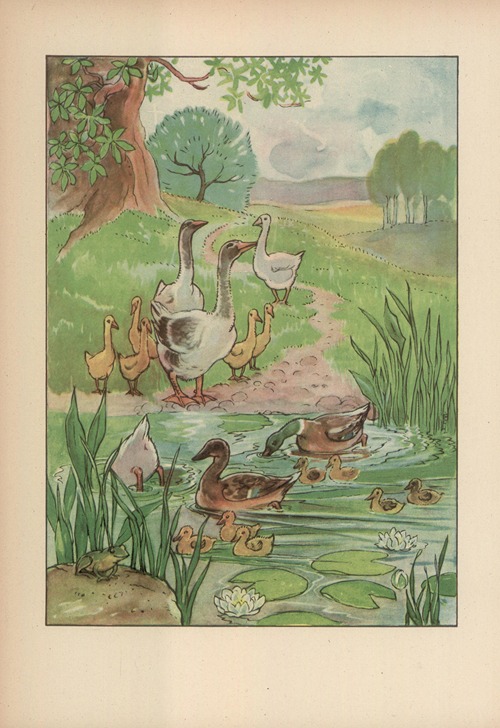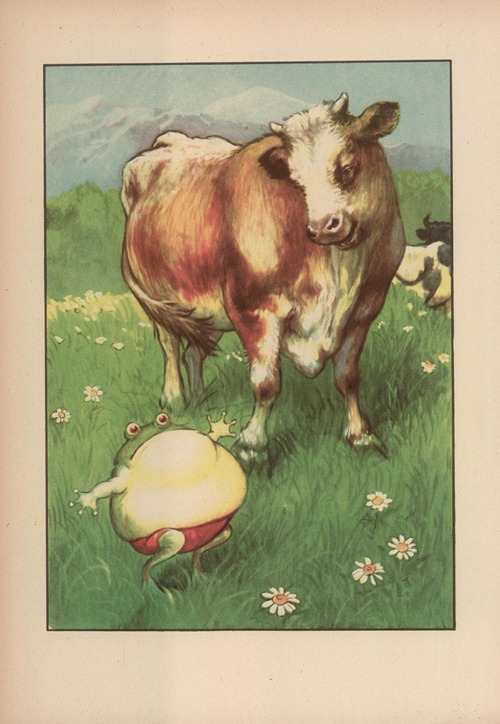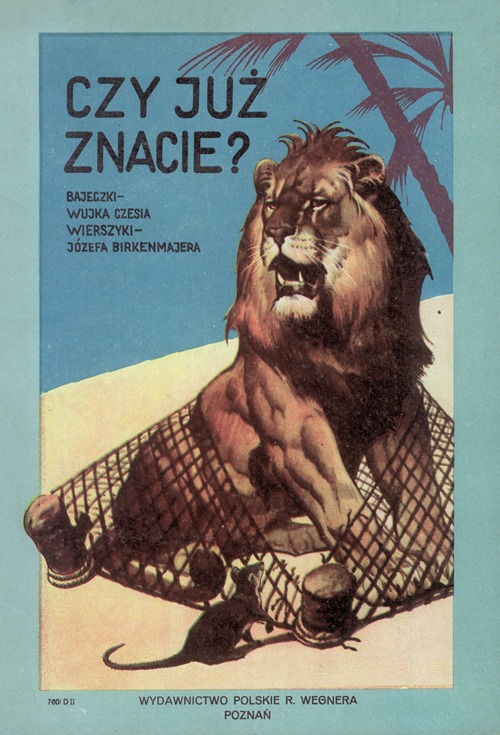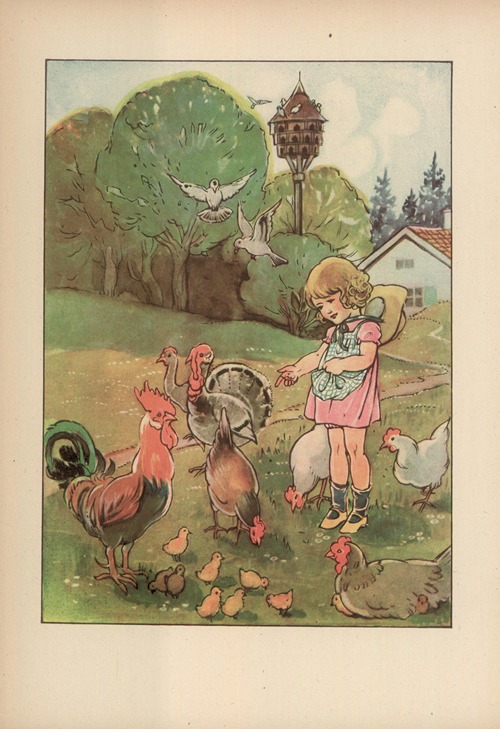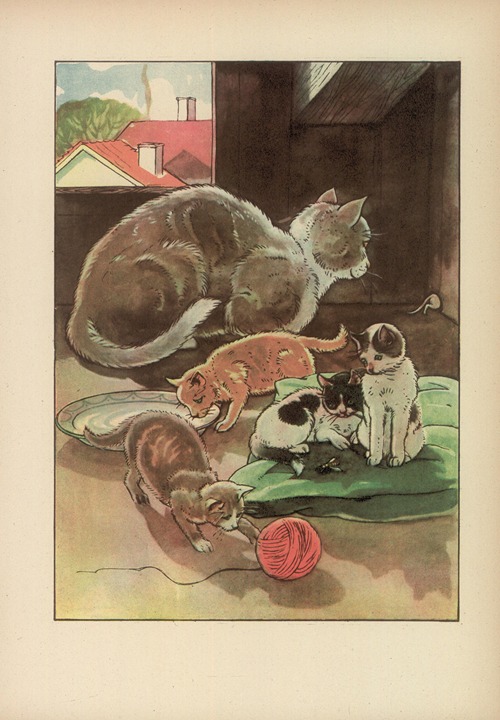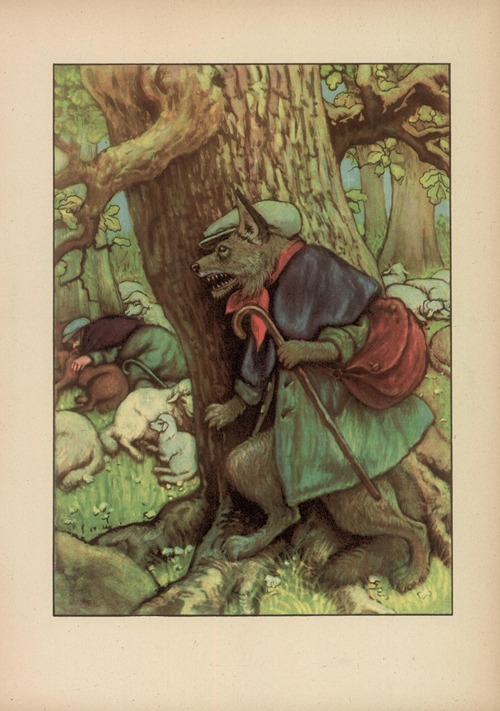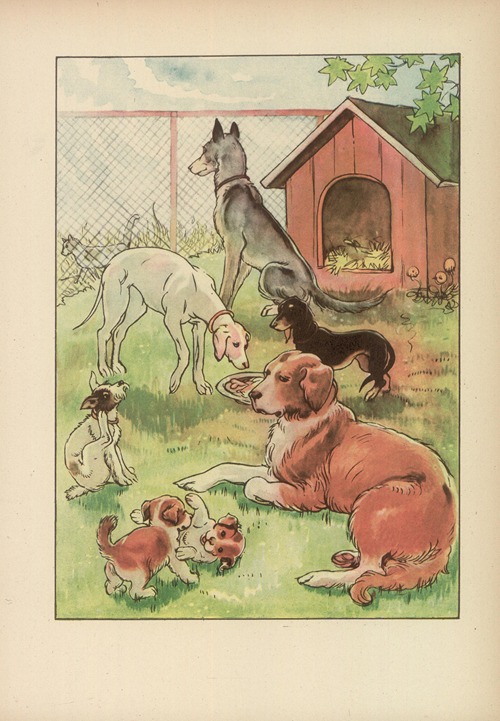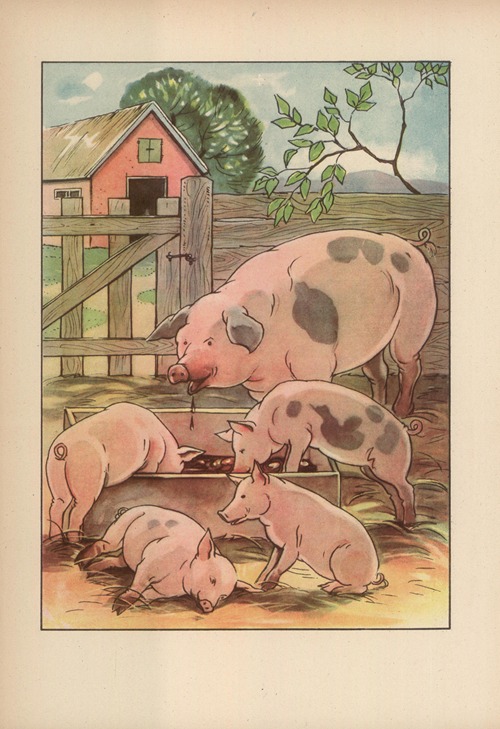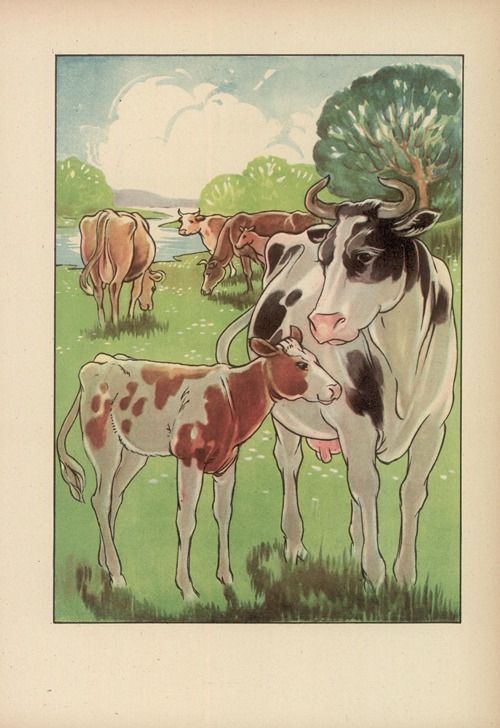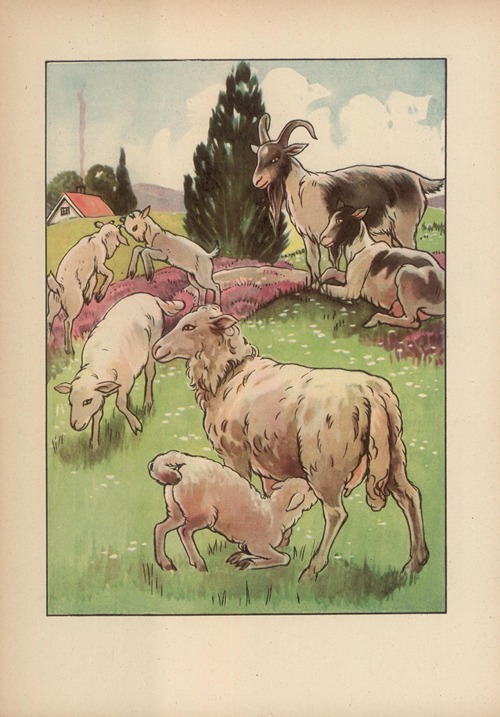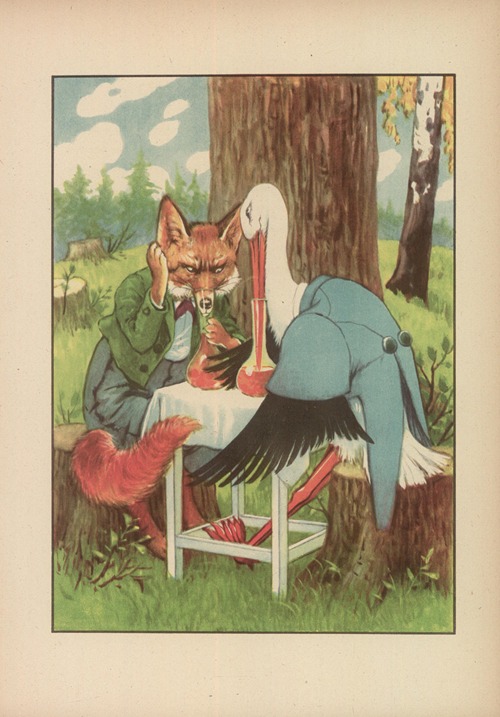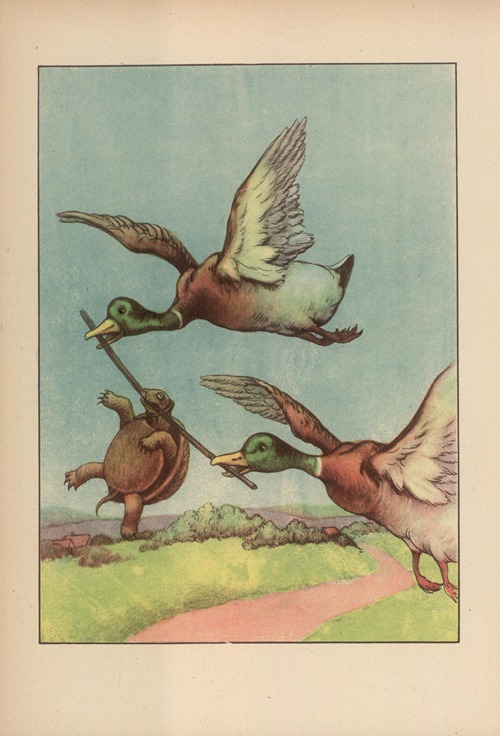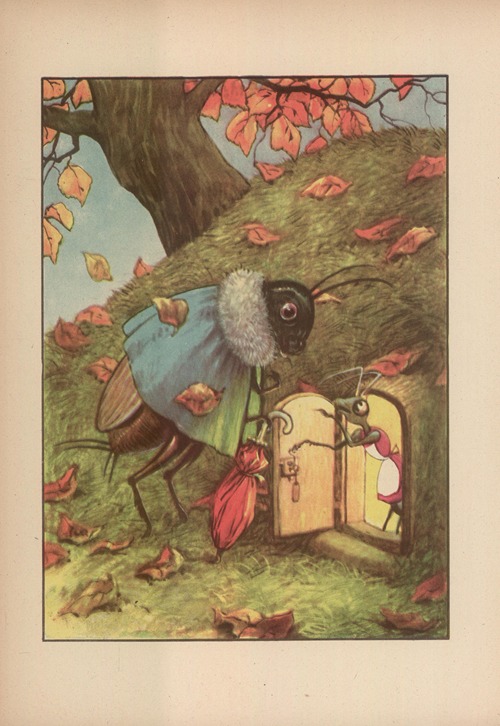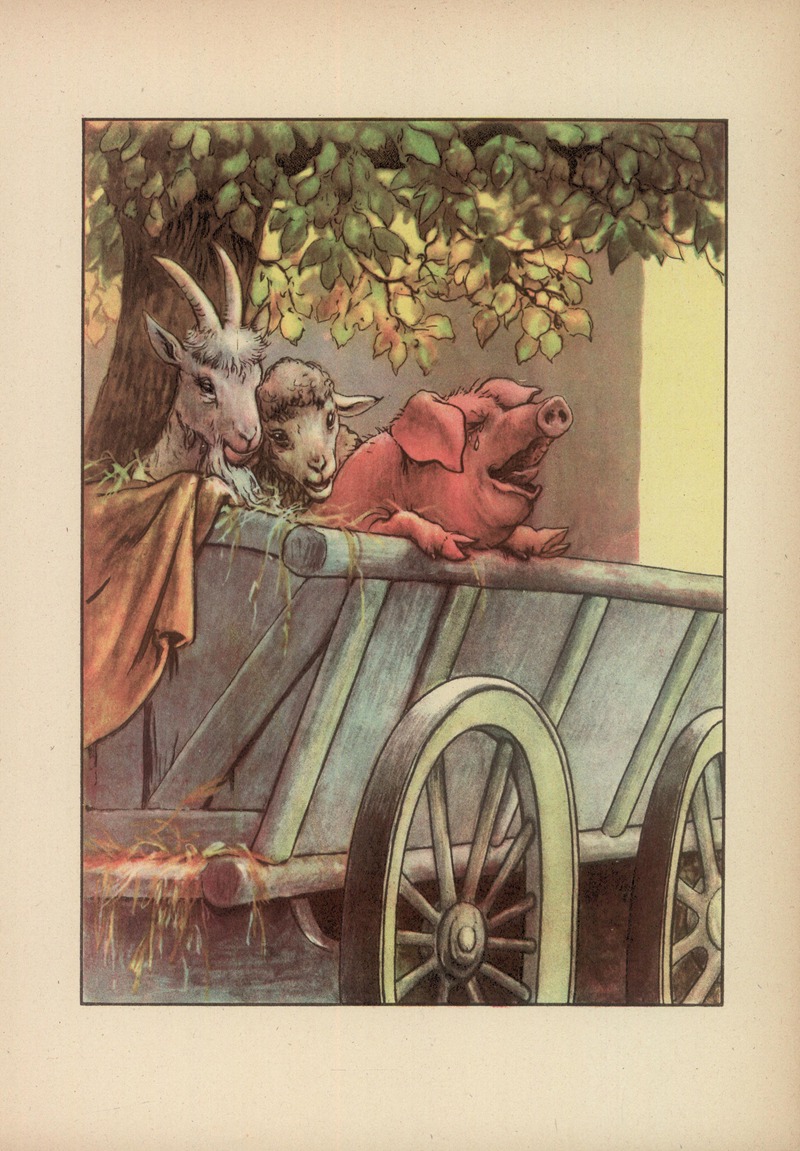
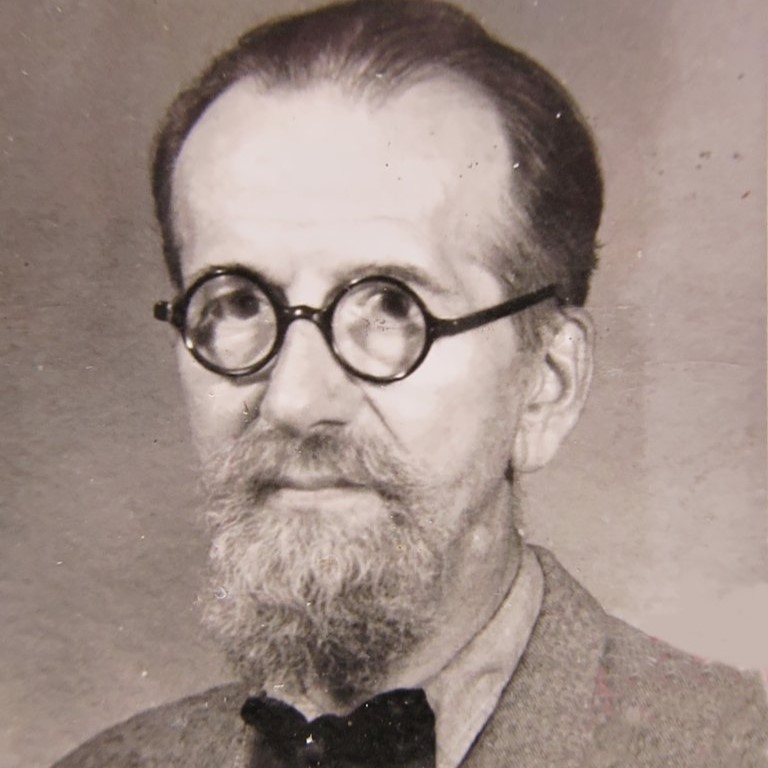
Czesław Kędzierski was a writer, journalist, editor of Kurier Poznański.
Czesław Kędzierski spent his youth in Poznań, and after graduating from high school, he moved to Lviv, where he studied Polish philology. From the beginning of his studies, he devoted himself to journalism, being a member of the Academic Journalism Club at the University of Lviv. As a student, he collaborated with the Lviv-based Słowo Polskie and wrote articles on cultural topics for Kurier Poznański.
He was a member of the National League before 1907. After returning from Lviv, he joined the editorial staff of Kurier Poznański in 1908, where he remained until 1939. In 1908, he was one of the founders of the Society of Journalists and Writers, and at the same time a member of the Main Board of the Union of Journalists of the Republic of Poland. In 1936, he became president of the Greater Poland Journalists' Syndicate.
On February 25, 1946, by resolution of the Executive Committee of the Main Board of the Trade Union of Journalists of the Republic of Poland in Warsaw, he was recognized as a senior member of the union. In addition to his professional work, he devoted himself to social work. He was a member of the Polish Gymnastics Society “Sokół” and editor of the Sokół biweekly magazine. He was also a correspondent in Poznań for the Warsaw illustrated weekly Świat.
After World War I, he was temporarily head of the Culture and Arts Department at the Ministry of the former Prussian District, and then returned to journalism and social work at the People's Reading Society and the Theater Company. In this capacity, he contributed significantly to the organization of the Poznań Music Conservatory.
He was the creator of the first radio programs for children, author of Przechadzki po mieście (Strolls Around the City), published in 1926–1927 in Kurier Poznański, as well as the children's magazine Mój przyjaciel (My Friend), a free supplement to Kurier Wielkopolski. He was an activist of the Scientific and Literary Circle founded in Bazar in 1921. Scientific and Literary Circle, founded in Bazar in 1921. With his knowledge of Norwegian, he became a translator of Scandinavian writers. He translated, among others, Andersen's fairy tales and Hamsun's novels: “Włóczęgi” (1927, Polish edition 1929), “August Powsinoga” (1930), Polish edition 1931), “And Life Goes On” (1933), Polish edition 1958), “The Blessing of the Earth” (1917), Polish edition 1957), for which the author received the Nobel Prize in 1920.
After the German army entered Poznań in November 1939 and he lost his apartment on Wały Leszczyńskiego Street, he moved to Warsaw, where he worked in the underground and participated in it until the outbreak of the Warsaw Uprising. He then left for Krakow, where, thanks to his efforts, the Greater Poland Journalists' Syndicate was close to obtaining its own holiday home in Rabka. He lived to see liberation in Małopolska, after which he returned to Poznań.
He was the author of many fairy tales, fables, and radio stories. Among his works for children and young people, the following fairy tales are worth mentioning: “The Town Trumpeter and the King of Ravens,” “The Brave Castellan,” “The Voracious Monster in Gople,” “The Stone near Wolsztyn,” and many others. He was popular among children as “Uncle Czesio.”
From 1928, he was married to Waleria née Tadrzyńska (1884–1948), with whom he had four children: Bogdan (1914–1955), Maria (born 1912), Irena (born 1916) and Aleksandra (born 1919).
He died on January 16, 1947, in Poznań and was buried in the Jeżycki Cemetery (plot L-5-5).
